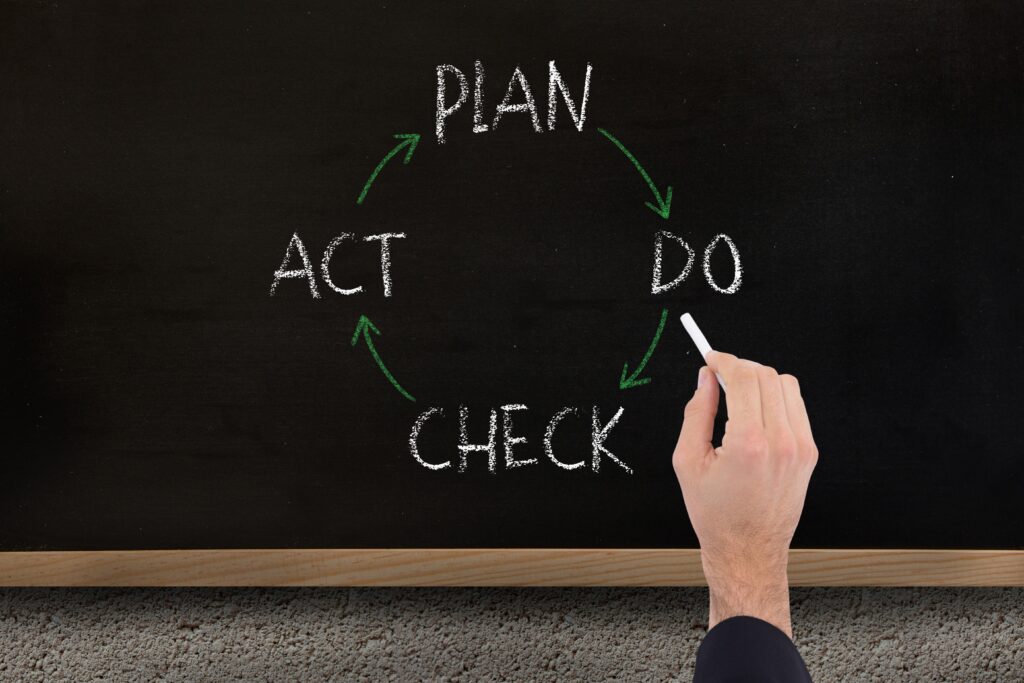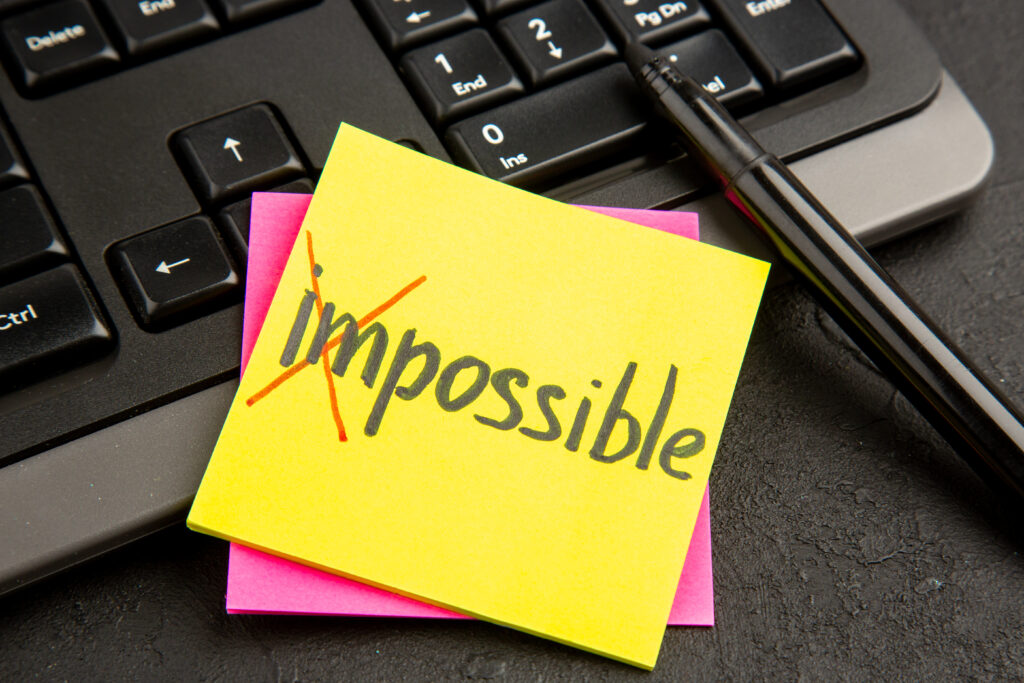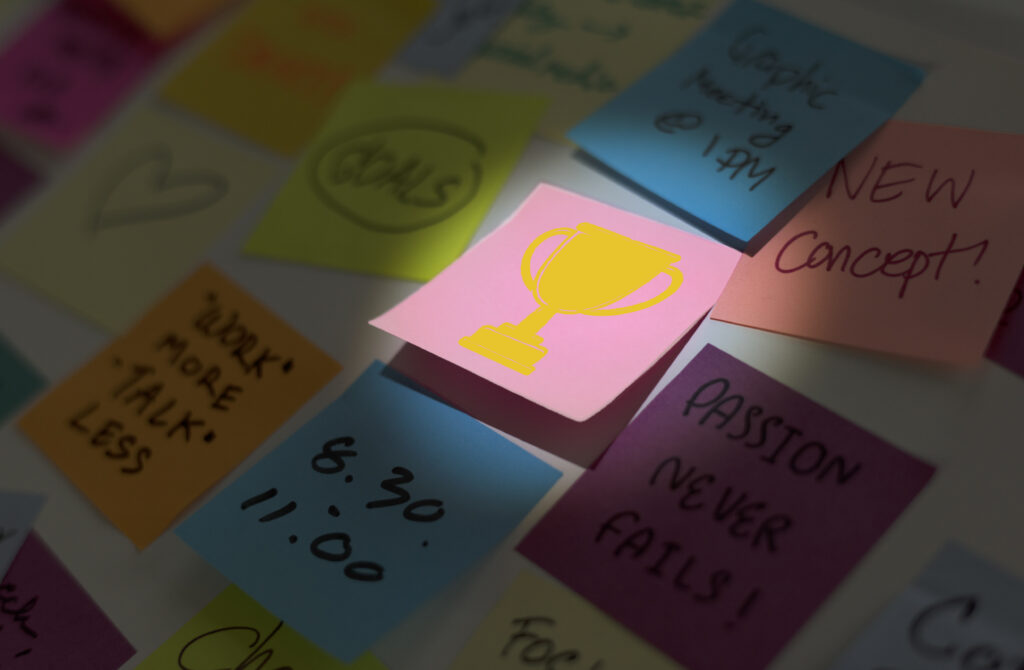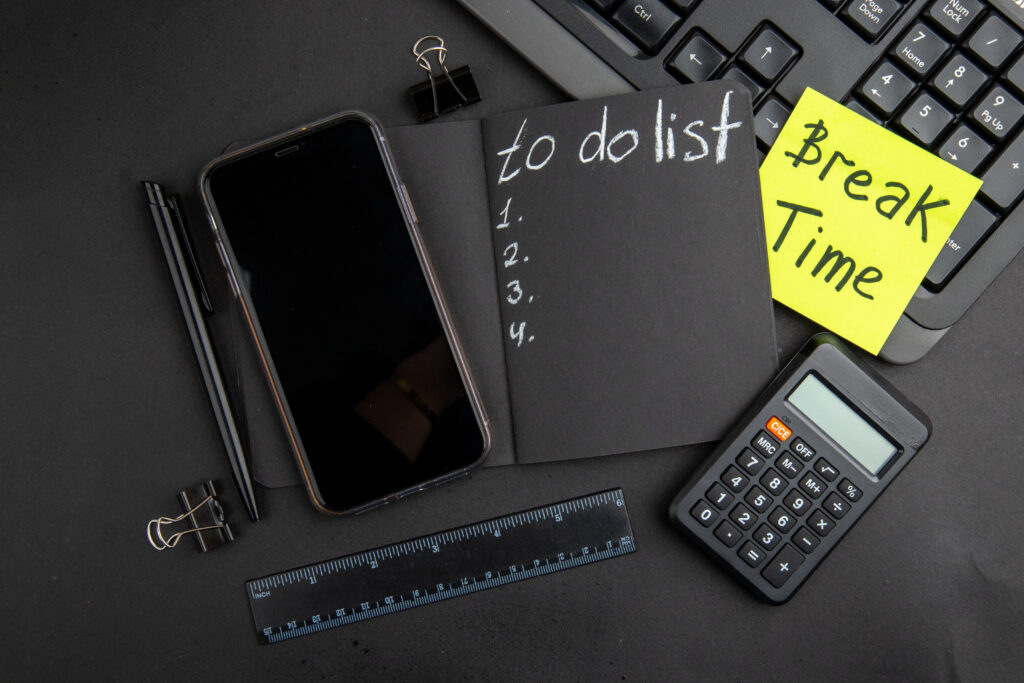AI Art Generators: A Beginner’s Guide
In today’s world, where technology and art blend like never before, AI art generators mark a significant change for creative minds. This guide is here to help beginners understand how artificial intelligence can play a role in making art. It simplifies the complex ideas behind machine learning and algorithms, making it easier for anyone to use these tools.
But there’s more to it than just making art. The ethical side of using AI and what it means for the future of creativity in art is something we should all think about more.
Using AI to create art is not just about the technology; it’s about opening new doors for creativity. It’s important to consider how these tools affect the art world and the role of artists. This guide aims to make the journey into AI art less intimidating and more accessible for everyone. It’s a chance to see how blending art with technology can lead to unique new forms of expression.
Key Takeaways
The emergence of AI art generators has revolutionized the way we approach art, blending traditional aesthetics with digital innovation. These tools offer a new perspective on creativity, breaking previously unmovable boundaries.
Key Takeaways:
- AI art merges traditional and digital mediums.
- Ethical debates enrich the conversation on AI’s role in art.
- Technological advancements are reshaping art’s creation and appreciation.
AI art generators redefine artistic creation, making it a topic of ethical discussion and hinting at a future where technology and art coexist even more seamlessly.
Understanding AI Art
AI art is transforming how we create and view art, thanks to the help of artificial intelligence (AI) and machine learning (ML). This new type of art allows for the creation of pieces that were once thought impossible or would take too long to make by hand.
Within AI art, there’s a particular category called generative art. It uses algorithms to make complex and unique images. These algorithms learn from a lot of data, spotting trends and then using that insight to create something new and original.
The mix of AI, ML, and creativity broadens what we see as art and makes us think about creativity and ownership in today’s digital world. As AI grows, it’s set to bring about new ways of expressing ourselves and could lead to the birth of fresh art movements.
The Magic of Machine Learning

Investigating how AI art comes to life uncovers the significant role of machine learning. This technology enables systems to improve by analyzing large amounts of data. It’s the core of AI Art Generators. These systems spot intricate patterns and styles in vast image collections through machine learning, especially with deep learning and neural networks. This skill allows them to create images that are not only new but also visually appealing. It opens up a world of creative possibilities that were hard to reach before.
- Neural Networks: These are deep learning models inspired by the human brain. They’re crucial to understanding and producing art with depth and nuance.
- Machine Learning Methods include supervised, unsupervised, and reinforcement learning approaches. Each method provides a different way for AI to learn from data, improving their ability to create art.
- Pattern Recognition: Machine learning algorithms identify and replicate artistic styles. This is what makes the generation of diverse and engaging imagery possible.
Understanding the mechanics behind AI-generated artwork highlights the critical role of machine learning. This tech allows systems to improve independently by analyzing large datasets. It’s essential for AI Art Generators. Thanks to machine learning algorithms that utilize deep learning and neural networks, these systems are adept at recognizing complex patterns and styles in vast image datasets. This capability not only enables the creation of new and visually appealing images but also significantly broadens the scope of creativity by introducing design possibilities that were previously inaccessible.
Algorithms as Artists

The shift of algorithms from simple computational entities to artists marks a significant development at the crossroads of technology and art. These algorithms take in large amounts of data and create artwork that pushes us to reconsider what creativity means. This shift is not just about turning digital code into visual art; it’s about how technology redefines our artistry concept.
Algorithms can now synthesize art, making us question the traditional boundaries between human creativity and machine output. This transformation highlights the technical foundations that enable algorithms to produce art. Understanding how these digital tools do not just replicate existing art styles but create something entirely new is crucial. This evolution from code to canvas is reshaping our understanding of art in the digital age, making it clear that technology and art are becoming increasingly intertwined.
Understanding AI Creativity
Algorithms are at the heart of AI art generators, transforming how we view creativity. These digital tools are pushing the boundaries of art, creating pieces that mimic or even outdo what humans can produce. AI can sift through massive amounts of data, learning and evolving by leveraging technologies like Generative Adversarial Networks (GANs) and Convolutional Neural Networks (CNNs). This process allows for crafting images that can appear strikingly real, thanks to techniques such as style transfer.
Here are a few things to keep in mind:
- GANs are powerful in generating a variety of art styles, showing how versatile AI can be in the realm of creativity.
- The more an AI system practices, the better its art becomes. This learning curve is a testament to AI’s ability to enhance its skills over time.
- The use of AI in art generation means ideas can flow more freely and come to life much quicker, changing how we approach and appreciate digital art.
In essence, AI and its algorithms open up a world where art creation is not only about traditional methods but also about innovation and technology. This shift not only makes art more accessible but also introduces a new era where machines play a significant role in the artistic process.
Artistic Algorithms Explained
Understanding the crucial role of algorithms in powering AI art generators helps us see how these digital creators turn data into captivating artworks. These algorithms use mathematical instructions to process information and create art. They can pick up complex patterns in data, enabling them to produce a variety of art styles and compositions. Learning from large datasets makes these algorithms skilled at adopting numerous artistic techniques. This allows them to transform text or images into visually stunning creations, demonstrating the wide range of creativity possible with AI. In essence, algorithms are the heart of AI art generators, determining the quality and diversity of the art produced.
These algorithms are trained on vast amounts of data, learning to imitate various artistic methods. Consequently, they can turn simple inputs into eye-catching visuals, proving the extensive creative capabilities of AI. The algorithms are the foundation of AI art generators, influencing the variety and quality of art they produce.
From Code to Canvas
Shifting from theory into action, the algorithms behind AI art generators show how math can turn into a form of artistry, bridging the gap between abstract code and visible art pieces. These algorithms, powered by Generative AI, craft images that redefine the limits of artistic creativity, questioning the traditional roles of humans in art and design. They learn from extensive data collections, enabling them to either replicate artistic styles or create entirely new art forms, presenting a novel viewpoint on what it means to be creative.
- Generative AI makes it possible for algorithms to produce original art.
- Learning Patterns allow these algorithms to study data and imitate or invent new artistic styles.
- Blurring Boundaries questions, the clear lines once drawn between human creativity and machine innovation, reshaping the concept of what art can be.
This technological advancement means that algorithms can now offer unique contributions to the art world, expanding the scope of what we consider art. It’s a step forward in understanding and appreciating the fusion of technology and creativity, showing how machines can be part of the creative process.
Digital Tools for Traditionalists

Shifting our focus from the role of algorithms in art, we now explore how digital tools blend with traditional art practices. These tools act as bridges, linking the tactile world of conventional art with the expansive possibilities of digital creation. Artists can maintain their classic techniques while embracing new digital creative avenues. This integration allows for the digital enhancement of traditional pieces and brings a wealth of new styles and methods to the artist’s palette through AI-driven art applications.
In this era, artists find innovative ways to mix old and new, keeping their heritage alive while staying relevant. Using digital tools in traditional art is not just about upgrading; it’s about expanding the artist’s language. This approach allows conventional art to land in contemporary spaces without losing its essence. It’s a testament to art’s evolving nature, showing that even the most time-honored techniques can find a place in today’s digital gallery.
Bridging Analog and Digital
Corel Painter and Adobe Fresco stand as gateways for artists rooted in traditional methods but curious about digital avenues. These platforms merge the tangible feel of classic artistry with digital innovation, allowing for new expressions of creativity. They harness technology to mimic real-life art techniques closely. For instance, Adobe’s Sensei AI technology brings to life brushstrokes and textures that feel authentic, opening a world of possibilities for artists.
Corel Painter boasts an impressive collection of 900 brushes, each designed to accurately replicate the look and feel of traditional art mediums. On the other hand, Adobe Fresco combines pixel and vector brushes with smart AI to achieve a level of realism rarely seen in digital art. This synergy of features makes the move from traditional art methods to digital platforms smoother, ensuring that the soul of classic artistry isn’t lost but expanded upon.
Traditional Techniques, Modern Tools
Artists with a foundation in traditional techniques find that modern digital tools, like AI art generators, are an effective way to add to their skills by bringing in new technology. These tools act as a link, combining old art-making methods with AI technology’s exciting options. Artists keep their classic style and step into new creative areas using these tools. This mix lets artists try AI art-making without leaving behind their traditional roots. Thanks to digital tools, it keeps the natural feel of classic art but lets artists try things they couldn’t before.
Simplifying language and avoiding overused phrases, the essence of the original message emphasizes the beneficial integration of digital advancements into traditional art practices. Artists are encouraged to embrace these technologies to expand their creative horizons and experiment with new forms of expression. This approach not only preserves the integrity of traditional art but also enriches it with the vast potential offered by modern digital tools.
Exploring Digital Art Genres

The world of digital art is vast and varied, touching everything from pixel art to ASCII art and even bringing to life cartoon-like portraits. This world is now more accessible than ever, thanks to the innovation of artificial intelligence. AI applications help artists and enthusiasts push the boundaries, allowing for the creation of stunning images in various styles.
Artists are now using AI to turn photographs into works that span various artistic styles. These creations introduce effects that challenge our traditional views of digital art. On another front, art that incorporates robotics brings an element of unpredictability into the mix, presenting techniques that defy the norms.
Through methods like style transfer and image completion, the door is opened to many possibilities for creating impactful images. This isn’t just about making art; it’s about venturing into uncharted territories of digital creativity, where every genre presents a new opportunity for artistic expression.
Popular AI Art Platforms
Platforms in digital art like DeepArt and Prisma stand out for turning personal photos into artworks using AI. These platforms use machine learning to create new images from user inputs, making it easy for anyone to craft something unique. DeepArt is known for its styles inspired by famous artists, while Prisma offers filters that resemble well-known painters and art movements.
| Platform | Specialty | User Control |
|---|---|---|
| DeepArt | Styles inspired by famous artists | Limited |
| Prisma | Filters mimicking prominent art movements | Moderate |
| Archive | Animated overlays that respond to motion | Moderate |
| ArtBreeder | Combining visual elements to create new images | High |
Active brings an interactive twist with its motion-responsive animated overlays, and ArtBreeder stands out for its high level of manual control. Users can blend visual elements to produce unique and striking images. Each platform showcases the diverse ways AI art generator apps are changing how we create and engage with image-based art, making it more accessible and customizable for global creators.
Enhancing Photos and Videos
Choosing the right AI art generator for photo and video enhancement depends mainly on what you aim to achieve and how complex your project is. When you pick the right tools, you can significantly improve the look and originality of your images and videos. It’s also vital to grasp how these platforms work to make your outcomes look professional, with high-resolution and visually appealing results.
Enhancing visuals is all about making your content stand out. Using different editing techniques can make a big difference in the overall quality of your photos and videos. It’s not just about making improvements; it’s about understanding what makes an image or video captivating to viewers.
In today’s fast-paced media environment, knowing how to improve the quality of your visual content is more important than ever. This knowledge ensures your work meets the high standards expected in professional settings.
Choosing the Right Tool
When looking for the perfect tool to make your photos and videos stand out, it’s all about finding the one that fits your creative vision. AI-powered art generators like DeepArt and Prisma bring something unique, transforming everyday images into works of art. These tools use a process known as style transfer, which is at the heart of turning your pictures into masterpieces.
DeepArt is all about bringing the techniques of famous artists into your digital creations. If you’re drawn to classic art styles, this is the tool for you.
Prisma, on the other hand, is perfect for those who want their photos to pop with color and expressiveness, thanks to its art filters that draw inspiration from great painters. Then there’s Artivive, which adds motion-responsive animated overlays to your pictures, ideal for anyone wanting to merge art with a touch of interactivity.
Choosing the right AI art generator enhances your photos and videos and your entire creative journey. It’s about using technology to bring your artistic vision to life in ways you might not have imagined possible. Whether you’re leaning towards the classical, the vibrant, or the interactive, there’s a tool out there that can help you achieve your creative goals.
Creative Editing Techniques
AI art generators have become a game-changer in transforming our photos and videos. These tools, powered by advanced algorithms, allow us to apply various artistic effects, from subtle tweaks to bold reimaginings. They analyze the visuals of our images and videos to either enhance them slightly or change them dramatically with artistic styles and filters.
Now, anyone can experiment with different editing techniques, adding animation to videos or applying unique effects to photos, making them stand out. This technology improves the look of our content and opens up new creative avenues that were hard to achieve before without a lot of manual work or specific expertise.
With these AI tools, personalizing content has never been more accessible. Whether you want to add a touch of animation to your dog videos or give your pet photos a unique artistic flair, the possibilities are endless. This approach makes our content more visually appealing and encourages us to get creative in ways we never thought possible.
Output Quality Improvement
AI art generators significantly improve the quality of photos and videos by applying various filters and effects. These tools make images more striking and visually appealing, turning ordinary shots into artworks.
Color Tuning: AI art generators adjust the color palette to make the images pop.
Texture Introduction: They also introduce textures, adding depth and complexity to the image.
Detail Enhancement: These generators sharpen and clarify details, ensuring each part of the photo or video looks its best.
Advanced Artistic Technologies
Advanced technologies like Generative Adversarial Networks (GANs) and Convolutional Neural Networks (CNNs are changing how we create digital art. These tools use deep learning to make both complex and appealing art, giving artists new ways to experiment with their work. GANs and CNNs can imitate many artistic styles, offering a wide range of possibilities for creativity.
These technologies analyze massive data sets to replicate the details of human artistry. This has led to the creating of AI art generators that produce quality digital art following specific guidelines. Such advancements are transforming art creation, making it more accessible and diverse.
Additionally, the growth of AI in art has resulted in platforms and software designed to meet artists’ specific needs. These advanced tools allow detailed control over the artwork’s style, composition, and texture. This progress not only makes art creation more democratic but also broadens the scope for artistic innovation and experimentation.
Ethical Art Creation
In the world of art creation using AI, it’s crucial to think about doing things the right way, especially when it comes to making sure the AI doesn’t have built-in biases and that there’s always a human in the loop. Making art with AI ethically ensures everyone gets a fair go, and the art reflects a wide range of voices and experiences.
To make sure AI art is created ethically, here are some key points to remember:
- Diverse Data: It’s essential to use various data to train AI. This helps avoid biases and ensures the art represents different cultures and perspectives.
- Fixing Biases: We must actively look for and correct any biases in AI algorithms. This step ensures that our art doesn’t accidentally promote stereotypes or leave anyone out.
- Human Touch: Having a person oversee the AI art creation process ensures that the AI sticks to ethical guidelines and matches our shared values and the integrity of art.
These steps help ensure that when we use AI to create art, we do it in a fair, inclusive, and respectful way.
The Future of AI Art
The art world is changing fast, thanks to improvements in artificial intelligence. AI is making it easier for everyone to create stunning art pieces, whether they’ve been trained in art or not. This shift is affecting artists and designers and making waves in various sectors like entertainment and advertising, showing the broad impact of AI-created art.
With many developers working to improve AI art apps and make them more user-friendly, we’re seeing a boom in options for those interested in this blend of tech and creativity. This push for better tools is driven by people wanting more control and interaction when they make art. Keeping up with the top AI art apps is becoming crucial for anyone excited about this growing field. The future of AI in art is looking bright, promising a new era of creativity that crosses traditional boundaries.
Simply put, the art world is significantly upgrading thanks to AI. This technology is for professionals and anyone wanting to express themselves creatively. As AI art apps improve, we’re all invited to see how far our imagination can take us. This is a time of great opportunity for creative expression, made possible by merging art and technology.
Frequently Asked Questions
How Do I Get Started With Ai-Generated Art?
- Choose AI art software suiting diverse styles.
- Learn techniques and copyright rules.
- Get feedback from art communities.
Which AI Art Generator Should I Use?
Choosing the right AI art generator involves:
- Compare features, analyze costs, and check style flexibility.
- Ease of use and quality of outputs matter.
- Look for options that support collaboration.
Can I Make My Own AI Art Generator?
- Building your own AI art generator requires coding skills.
- You’ll need to collect data and understand AI ethics.
- Continuous tweaking improves the generator’s performance.
What App Is Everyone Using for AI Art Generator?
- DALL-E 2 and Prisma lead in AI art creation.
- Both offer styles and affordable options.
- They tackle copyright issues well.
Conclusion
The rise of AI art generators marks a new chapter in creative expression, merging the beauty of traditional art with digital technology advancements. Using machine learning to create art introduces a fresh way of thinking about creativity, pushing its limits further.
Discussing the ethical aspects and what the future holds for AI in art is essential. With continuous technological progress, the use of AI in the art world is set to change our fundamental understanding of how art is made and appreciated.